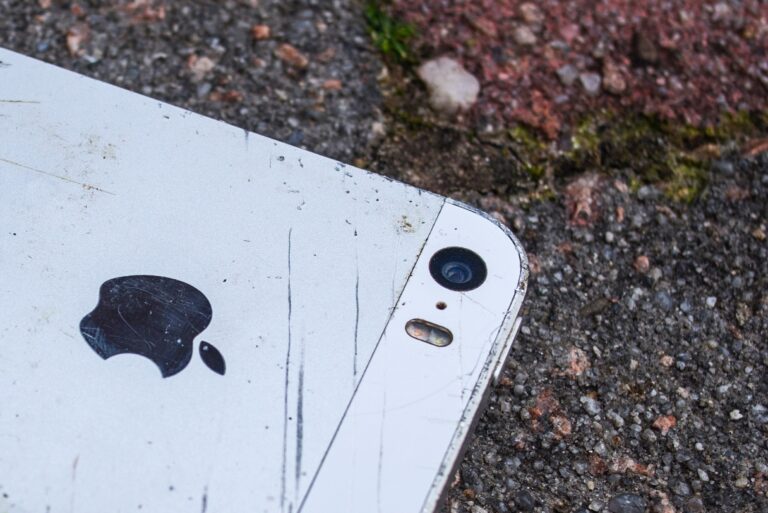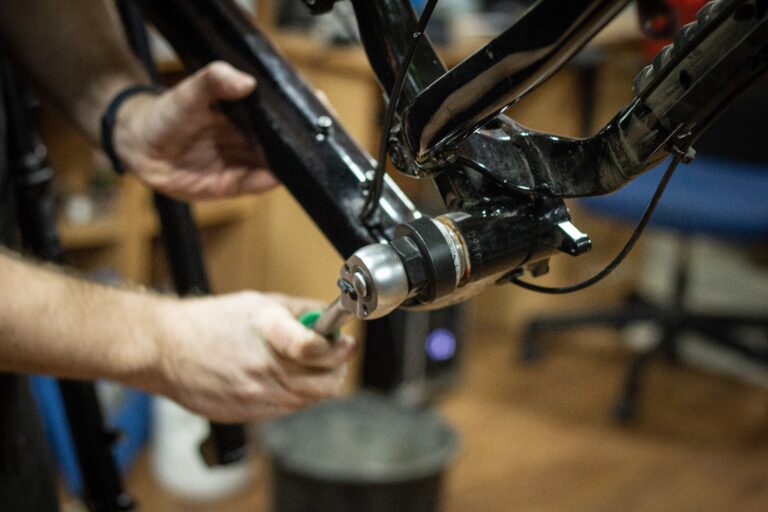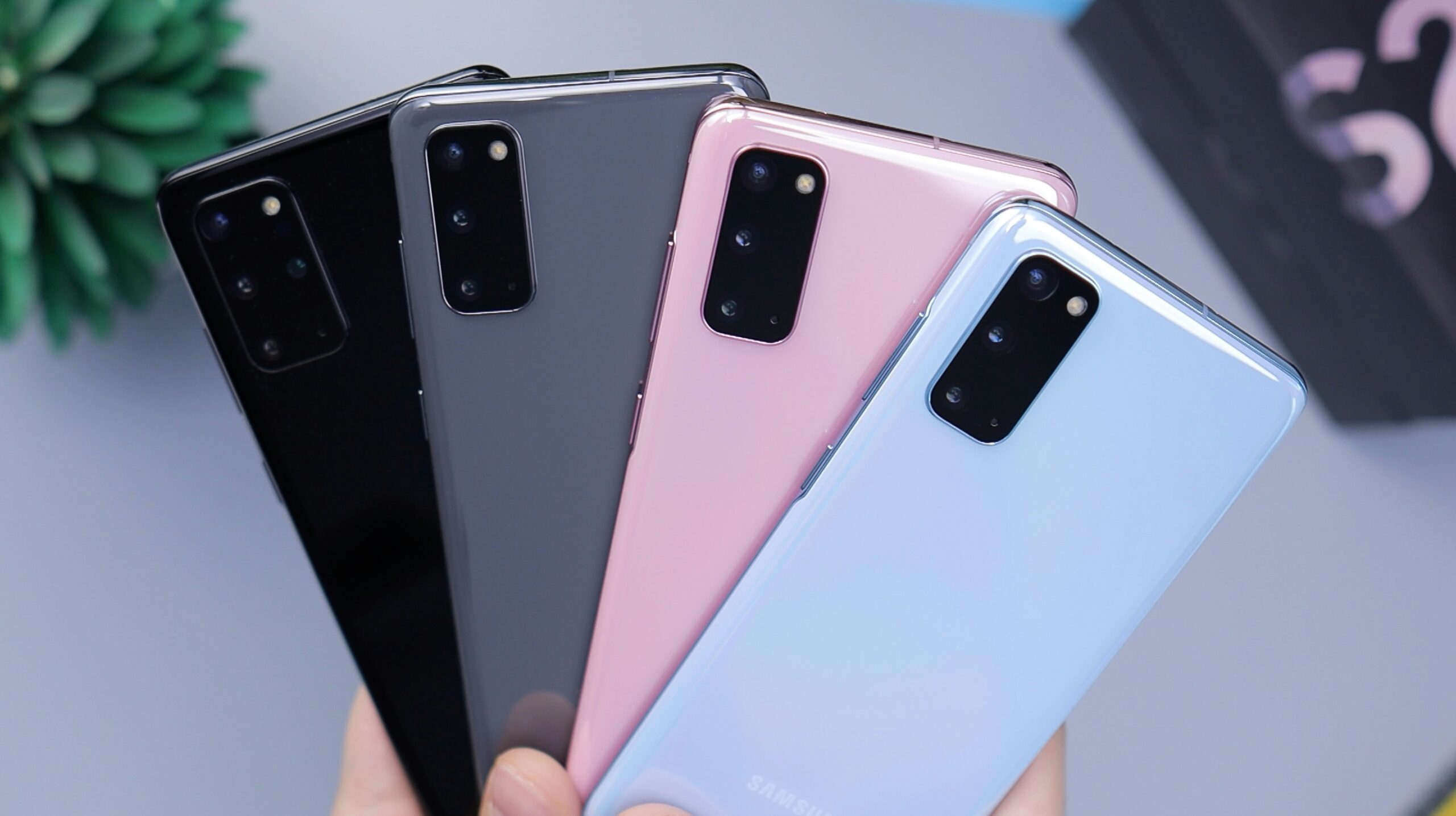
From lightbulbs to smartphones: the practice of Planned Obsolescence
Planned obsolescence is a strategy where companies intentionally create products with a limited lifespan. From smartphones to household appliances and even lightbulbs, it’s a practice that’s intended to maximise corporate profits at the expense of consumers and at great cost to the natural world.
What is planned obsolescence?
Put simply, planned obsolescence is where products are designed with certain limitations meaning they break down and necessitate the purchase of a replacement. It aims to stimulate repetitive consumption and ensure continued demand for products, consequently driving sales and increasing profits for manufacturers.
Have you ever had a smartphone that was eventually useless because you were unable to upgrade the software? That is planned obsolescence in a nutshell. And it’s not a new phenomenon.
A brief history obso-lesson
As it turns turns out, the concept of planned obsolescence is nearly 100 years old. In 1928, an American marketing pioneer called Justus George Frederick was the first to coin the phrase. Later on, another publication remarked:
He [Frederick] stated that it was necessary to induce people to buy an ever-increasing variety of things, not in order to use them but to activate commerce and discard them after a short period of time.”
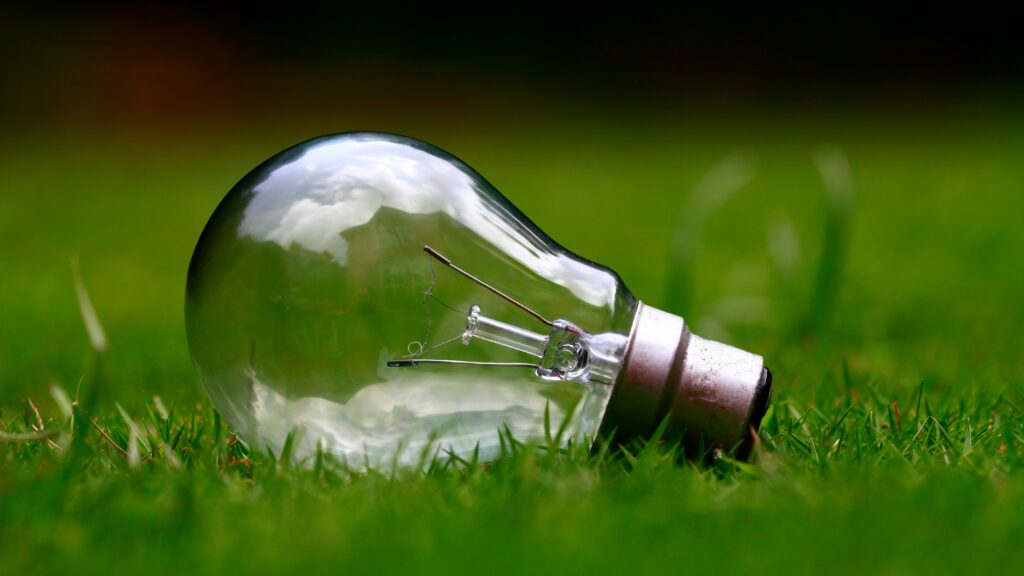
Even before it had a name and a definition, planned obsolescence was being built into the business models of profit-seeking companies. In 1924, lightbulbs were increasing in efficiency and could last up to 2,500 hours. To increase their profits, the major lightbulb companies formed the Phoebus Cartel. It decided to reduce the average lifespan of lightbulbs by more than 50 percent. This was then sold to the consumer as improved “efficiency” and brightness.
Technology first
Perhaps no other industry embodies obsolescence in 2024 more than technology, and more specifically smartphones. Each new flagship release promises enhanced features and capabilities, enticing consumers to abandon their current devices in favour of the latest model.
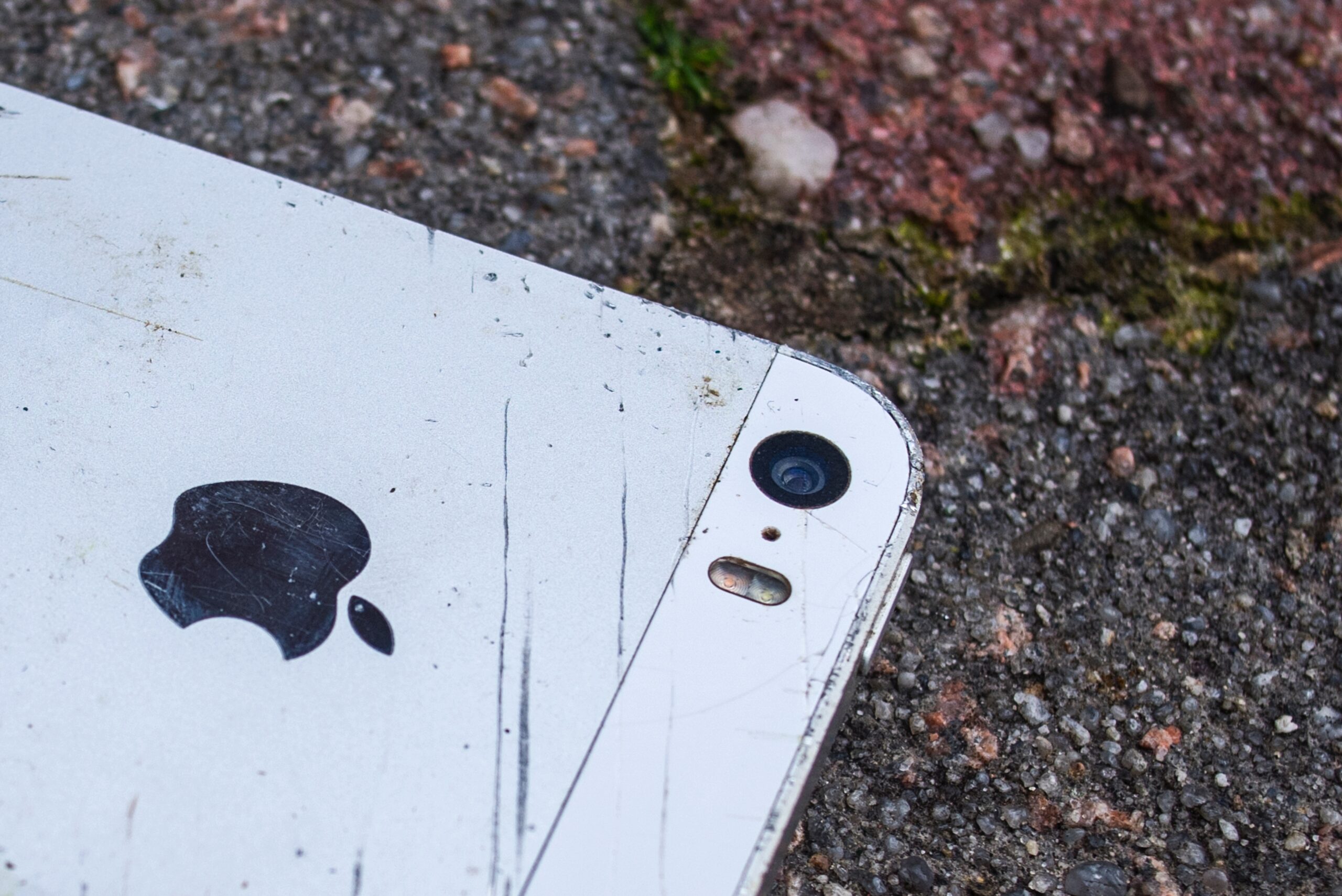
Even if you are inclined and able to resist these companies’ sophisticated marketing methods, rendering older devices obsolete will likely get you purchasing again. Required software updates, hardware limitations and dwindling support will normally put paid to a device after a few years.
Earlier this year, we created an animation highlighting the environmental damage caused every time a new smartphone is manufactured, shipped and discarded. Lifecycle of a Smartphone reveals there are over six billion active smartphone subscriptions, and the production methods of each smartphone takes a great toll on the environment.
Additionally, over five billion smartphones became e-waste in 2022. These billions of devices contribute to the huge amount of e-waste created each year. In 2022, 62 million tonnes were produced, an 82 percent increase from 2010. By 2030 this is likely to increase by a further 32 percent.
Lifecycle of a smartphone
Taking on the iCon
In 2023, we released a report looking at unsustainable consumption and, specifically, the activities of tech giant Apple. One of the key findings in iCon, Apple, consumption and the future of the planet was that Apple have repeatedly faced complaints and legal challenges relating to planned obsolescence. They have even received a substantial fine in Italy and agreed an out-of-court settlement in the US.
Ever-changing hardware and software make obsolescence inevitable. Software updates are one factor limiting the lifespan of a smartphone. The latest software update, iOS16, is only supported by iPhone 8 and generations after. The iPhone 7, released just six years ago, is no longer supported.”
From the PM report, iCon, Apple, consumption and the future of the planet, 2023
In the UK there is currently no right to repair legislation covering iPhones or personal electronic devices. The laws that do exist only cover certain household electronics. There are right to repair laws for smartphones that have been in passed in several US states, including California, but companies are able to exploit loopholes provided a result of relatively lax legislation in the UK.
We Don’t Buy It
Our We Don’t Buy it Campaign exists because we are asking more of our planet than it can provide. Our sheer numbers and the amount we consume are two sides of the same coin. Both are at the heart of the climate and biodiversity crises that we are facing.
Planned obsolescence is a pernicious practice that is designed to benefit often incomprehensibly wealthy companies. All this at the expense of the consumer and the environment. Of course, more needs to be done by companies and regulators to put an end to it. But there are certain actions that we as consumers can take.
What can you do?
Before buying new technology, first consider if it’s possible to repair the item. Repairing helps to reduce the amount of waste in landfill and our carbon footprint. It’s also great for fostering community spirt and self-sufficiency, as well as the obvious economic benefits.
Clearly, as we’ve seen above, repairing is not always an option. If not, always ensure you recycle your item properly so their components can be put to use again. And when you do need to buy new technology, consider a refurbished model. It’s much better for the environment and often sold at a lower price.
If you need more information, including specific options for repairing and recycling smartphones or buying refurbished models, you can find it here. Please do also check out The Restart Project, who do a lot of great work around right to repair and e-waste in the UK.


